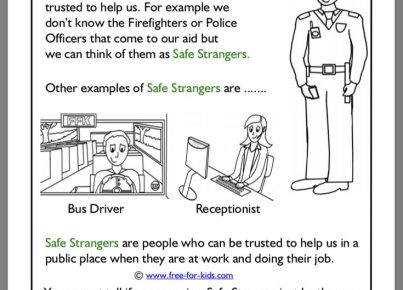Introduction:
Dyslexia is a specific learning disability that affects a person’s ability to read, write, and spell. It’s estimated that dyslexia affects approximately 5-10% of the population, making it one of the most common learning disabilities. Early identification and appropriate interventions can help students with dyslexia overcome their challenges and excel academically. As an educator or parent, being aware of the warning signs of dyslexia in students is essential. This article will discuss some of the common warning signs to look out for and how to support students who may have dyslexia.
Warning Signs of Dyslexia:
1. Reading difficulties: One of the primary symptoms of dyslexia is difficulty with reading. Students with dyslexia may struggle to recognize words, read aloud, or understand what they’re reading. They may also read slowly and make frequent errors when sounding out words.
2. Spelling challenges: Dyslexic students often have difficulty with spelling. They may spell words phonetically (e.g., “nite” instead of “night”) or reverse letters in words (e.g., “dolg” instead of “gold”).
3. Written expression issues: Dyslexic individuals may struggle to express their thoughts clearly in writing. They may have problems organizing their ideas, using proper grammar and punctuation, or staying on-topic.
4. Difficulty following instructions: Students with dyslexia may have trouble understanding and following multi-step instructions, both written and verbal.
5. Problems with time management: Time management can be challenging for dyslexic students. They may frequently be late for class or struggle to complete assignments on time due to difficulties prioritizing tasks or estimating how long a task will take.
6. Memory troubles: Dyslexic individuals may have short-term memory issues that impact their ability to recall information accurately. This can manifest as difficulty remembering names, dates, or sequences.
7. Difficulty with math: Dyslexic students may also struggle with math, specifically in areas related to spatial reasoning, memorizing math facts, and understanding word problems.
Supporting Students with Dyslexia:
1. Early intervention: Timely identification of dyslexia is key in ensuring the student receives appropriate support. Consult with the school’s special education team if you suspect a student may have dyslexia and start implementing necessary interventions.
2. Provide multisensory instruction and differentiation: Incorporate different teaching methods that engage multiple senses, such as visuals, auditory cues, and hands-on activities. Differentiate instruction to accommodate diverse learning styles in the classroom.
3. Explicit phonics instruction: A structured phonics program can help dyslexic students improve their decoding skills and increase their reading fluency.
4. Develop organizational skills: Help students with dyslexia develop effective time management and organizational skills by breaking down tasks into smaller steps, using visual schedules, and setting clear expectations.
5. Use assistive technology: Assistive technology tools like text-to-speech software, speech-to-text applications, and digital organizers can help dyslexic students access curriculum content more easily.
Conclusion:
Recognizing the warning signs of dyslexia in students is crucial in ensuring they receive appropriate support to overcome their challenges. By incorporating multisensory teaching methods, explicit phonics instruction, and assistive technology tools in the classroom, educators can help students with dyslexia build the skills they need to succeed academically. Early intervention is key to creating an inclusive learning environment where all learners can thrive.




